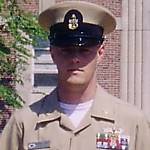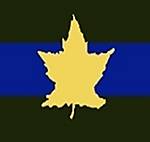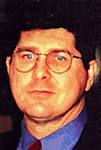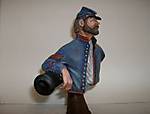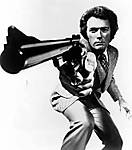Quoted Text
Don,
You have a cord running to the driver's neck assuming there is a neck mic. US didn't have neck mics in tanks during WW II, only hand held mics. Awkward to say the least but it was that they had.
Mike Bedard
The US did have the throat microphone in WWII, and it was the most common type used in tanks and armored cars. Here's a quick pic of the artifacts in my collection:

Shown here on the left are the M1938 Tank Helmet with the HS-18 headset (ear phones) installed; The T-30 throat microphone; The SW-141 push-to-talk switch and CD-307 extension cord. The goggles are the Polaroid Type 1021.
The headset, throat microphone and push-to-talk switch are plugged into components from the early war RC-61 Tank Interphone Equipment. By the time Don's Sherman was produced, the RC-61 was replaced with a new tank interphone system that used the BC-606 Intercom Control Box (made in OD green vice the black here) shown in this photo:

You'll note here that the M1938 Tank Helmet has been superceded by the regular M1 Helmet with the HS-30 headset and T-45 lip microphone connected to the TD-4 Chest Group (replacing the SW-141) and plugged into the BC-606 Intercom Control Box.
Although the TD-4 Chest group was developed and manufactured before the end of WWII, I've never seen a photo of it in use. However, the HS-30 headset was quite common in use in the M1938 Tank Helmet and by itself under the M1 Helmet (as shown here). Surprisingly, the T-45 Lip Microphone was also pretty common in the closing months of the war (look very closely at some pictures of US tanks in the closing weeks of the war and you'll find both the HS-30 and T-45).
Here's a close-up of these items:

The T-17 (Hand) Microphone is shown hanging around the neck in this photo:

Note that the lanyard is the same type used with the SW-141 Push-to-Talk Switch. The lanyard was made in both leather (as shown here) and in a round green-gray cord.
Note that the way the HS-18, T-30, HS-30, and T-45 are wired. The HS-18 only has a single wire and is connected to the intercom control box using an extension cord (CD-307). The HS-30 has duel wires which meet at a fat, in-line resistor and also uses the extension cord. The T-30 has a single thick wire and is connected to the SW-141 switch. The standard WWII tanker was connected to his intercom control box with two wires (one for his headset and one for his microphone which had a push-to-talk switch).
The T-45 has a small, thin green wire and is plugged into the TD-4 along with the HS-30. The TD-4 has a coiled wire with duel plugs for the BC-606. When the T-45 is used with the SW-141, there was an adaptor that allowed the T-45 to plug into it. By noting these details, it's often possible to determine in a photo which equipment the US tanker is using.
When the T-17 (hand) microphone was used, it replaced either the T-30 or the T-45 and the SW-141. It, of course, has its own long cord and push-to-talk switch. Usually, only the Tank commander used the T-17 since all of the other crewmen needed both hands to do their jobs.
HTH,






















